Taiwan’s politics is mystifying to many foreign observers.
Gosh, that is strange, considering just how logical and straightforward it all is. Let us take a step back and review.
Thanks to the Chinese Nationalist Party (KMT) and the Taiwan People’s Party (TPP), starting this year people will once again have Christmas Day off work. In 2002, the Scrooges in the Democratic Progressive Party (DPP) said “bah, humbug” to that.

Photo: AFP
The holiday is not actually Christmas, but rather Constitution Day, celebrating the enactment of the Constitution of the Republic of China (ROC) on December 25, 1947. The DPP and the then pan-blue dominated legislature traded in some holidays to enact the radical notion of two-day weekends.
Though the Constitution has been amended to only apply to the “free area of the Republic of China,” it was originally written to apply to the vast Chinese empire claimed by the ROC, including Mongolia, Tibet and East Turkestan.
Some of these provisions will be very useful if the KMT manages to “reclaim the mainland” or if Mongolians once again boldly ride out of the steppes, hitch a ride across the Taiwan Strait, endure years of bureaucratic red tape to obtain citizenship and resume their nomadic lifestyle in Taiwan. These nomadic Mongolian horsemen shall be elected to the legislature by “Mongolian Leagues and Banners,” rather than by district.
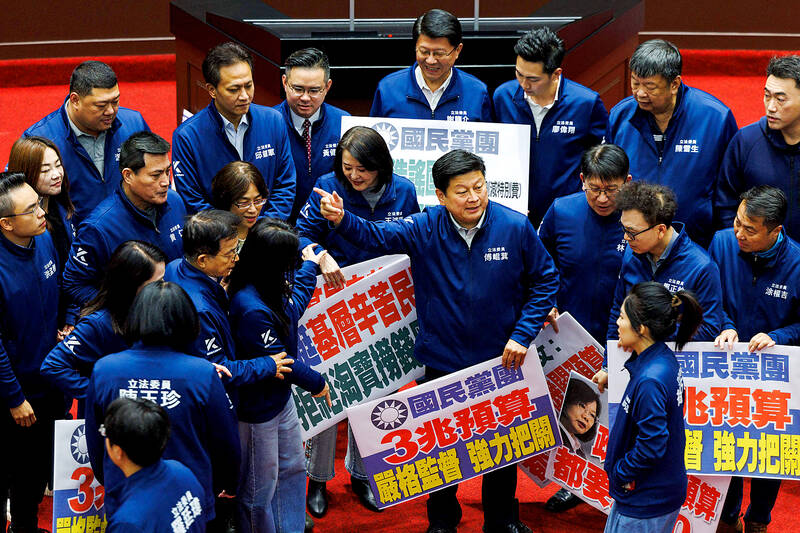
Photo: AFP
Ironically, the Constitution now in place in Taiwan was denied to the Taiwanese when it was first enacted, calling Taiwanese too “naive.”
The constitution establishes five branches (Yuan) of government. In addition to the more familiar Executive, Legislative and Judicial Yuans, there are the Control and Examination Yuans.
The latter two reflect concerns inherited from the Chinese imperial system of government, and provide government oversight and administer civil service exams.
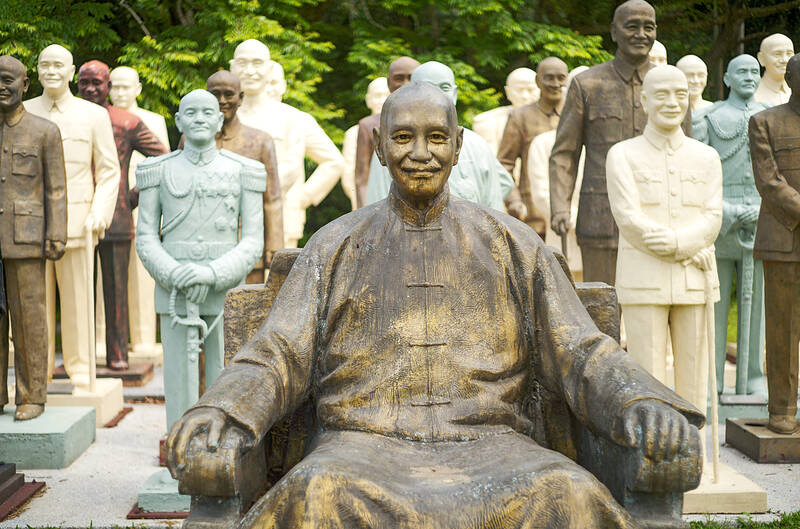
Photo: AFP
The government insists on translating the heads of the five Yuan as “president,” introducing confusion where none exists in Chinese. Unsurprisingly, titles like “president of the Executive Yuan” and “president of the Legislative Yuan” are rarely used, and English terms like “premier” and “speaker” are used instead.
Perched above them all is the President of the ROC. In theory, the president oversees foreign policy and military matters, while the premier oversees domestic executive policy, but in practice the premier is hired and fired by the president, so they tend to pay attention to the president’s opinions.
Locally, there are two provinces, Taiwan and Fujian. Fujian largely consists of Kinmen and Matsu. Though originally fully functional, today’s powerless provincial governments technically still only exist to comply with the Constitution.
Adding to the confusion, the Chinese concept of “special municipalities” that are roughly equivalent to provinces in China and report directly to the central government are in place in the “big six” metropolises in Taiwan. The rest of the country’s local governments function like states or provinces, but are technically counties under the provincial governments.
These odd contortions, shoehorning Taiwan’s reality into a Constitution written for China, will not change any time soon. Change would require the DPP to control three-quarters of the legislature to overrule a KMT veto, and to convince voters to overlook the pesky inconvenience caused by a threatened invasion by the Chinese Communist Party (CCP) for changing the Constitution.
THE KMT
The KMT was formed out of Chinese nationalist secret societies rallying to “overthrow the Qing, restore the Ming” (fan qing fu ming, 反清復明). They hated foreign Manchurian occupation and wanted to restore China, whose borders roughly conformed to the territory of the Ming Dynasty.
Once in power, they promptly changed their minds and claimed the entire Manchurian empire as Chinese territory. The first ROC flag reflected this, with the Five-Colored Flag (wu se qi, 五色旗) representing the Han, Manchu, Mongol, Hui and Tibetan peoples.
They later changed the flag and included a symbol that looks strikingly like the KMT emblem. The KMT assures us it is not; the ROC emblem has more blue surrounding it than the KMT emblem — a distinction virtually no one is aware of.
Under the KMT one-party state led by Generalissimo Chiang Kai-shek (蔣介石), the lines between government, military and party were blurry. They organized their party along Leninist lines, influenced by the one foreign power that paid them attention: the Communist Soviet empire.
Having lost the “mandate of heaven” in China (ironically to communists), they thought they would try their luck in a former Japanese colony that had previously been a backwater malarial headache for the Manchurian Qing Empire.
Martial law was imposed by the new Chinese immigrants, ushering in the “white terror,” but under pressure from activists from Washington and Taiwan, they transitioned to democracy.
Abruptly, a party founded by leftist nationalists in China turned military dictatorship had to appeal to Taiwanese voters.
Yet today, the KMT still retains their original mission of unifying China. The debate within the party is not if, but rather when, how and in what way it should be unified, with Taiwan in tow.
THE DPP
Though illegal to form new political parties at the time, the DPP was formed out of the dangwai (黨外, “outside the party”) movement, meaning outside of the KMT, and consisted of a hodge-podge of activists with wide-ranging agendas, but they all agreed on democracy and overthrowing the authoritarian KMT regime.
Many wanted to destroy the KMT or exile them back to China.
They formed into factions roughly along ideological lines, though today the factions are more about power and influence. The original pro-unificationist members of the party soon found themselves feeling rather unwelcome, and by the early 1990s, the party had a distinct Taiwanese identity.
The early DPP leaders all shared a hatred of the KMT and distrust of the military. This is hardly surprising, having endured martial law and often been imprisoned by the military’s Taiwan Garrison Command.
Many were also slightly nuts, as one would have to be to stand up to a dictatorship and risk one’s life. Some of the early founders went on to successful political careers, while others ended up viewed as crackpots.
For years, there was deep suspicion between the DPP and KMT-dominated military, and in spite of recent attempts by DPP governments to repair the rift, some suspicions still linger. Though the vast majority of the military is loyal, it is not entirely surprising that some continue to espouse Chinese unification ideology.
Today, the hatred of the KMT and antipathy to the military are significantly reduced within the DPP, but traces of their original mission to destroy the KMT still linger. Fortunately today the ballot box is their preferred method.
THE TPP
Founded in 2019, the Taiwan People’s Party (TPP) was a slightly quirky, but more-or-less normal political party.
The party has since changed dramatically. It has borrowed the language of the early DPP, but directed against the DPP.
They are dedicated to bringing down the “green terror” imposed by the “dictator” President William Lai (賴清德) and his “autocratic regime.” Ironically, they have allied with the KMT in their quest to unseat the hated DPP “authoritarians.”
IN SUMMARY
Taiwan’s government is ruled under the Constitution written for a faraway mid-20th-century Chinese government that was founded when Taiwan was part of the Japanese Empire.
The KMT’s mission was to overthrow the hated Manchu imperial empire and unify the Chinese nation, the DPP’s mission was to overthrow the KMT’s one-party dictatorship and stand for Taiwan’s sovereignty and the TPP’s mission is to oust the DPP in league with the KMT for the same reasons the DPP wanted to oust the KMT.
It all makes perfect sense, right?
Donovan’s Deep Dives is a regular column by Courtney Donovan Smith (石東文) who writes in-depth analysis on everything about Taiwan’s political scene and geopolitics. Donovan is also the central Taiwan correspondent at ICRT FM100 Radio News, co-publisher of Compass Magazine, co-founder Taiwan Report (report.tw) and former chair of the Taichung American Chamber of Commerce. Follow him on X: @donovan_smith.
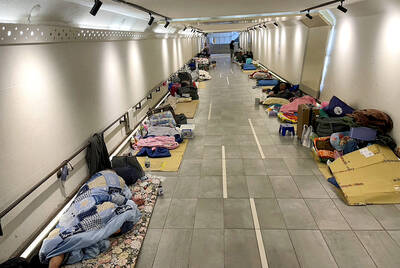
From the last quarter of 2001, research shows that real housing prices nearly tripled (before a 2012 law to enforce housing price registration, researchers tracked a few large real estate firms to estimate housing price behavior). Incomes have not kept pace, though this has not yet led to defaults. Instead, an increasing chunk of household income goes to mortgage payments. This suggests that even if incomes grow, the mortgage squeeze will still make voters feel like their paychecks won’t stretch to cover expenses. The housing price rises in the last two decades are now driving higher rents. The rental market
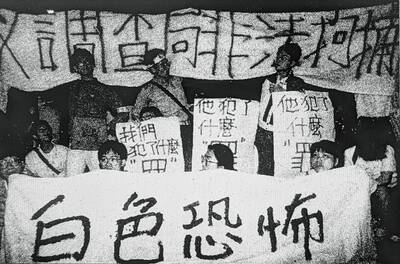
July 21 to July 27 If the “Taiwan Independence Association” (TIA) incident had happened four years earlier, it probably wouldn’t have caused much of an uproar. But the arrest of four young suspected independence activists in the early hours of May 9, 1991, sparked outrage, with many denouncing it as a return to the White Terror — a time when anyone could be detained for suspected seditious activity. Not only had martial law been lifted in 1987, just days earlier on May 1, the government had abolished the Temporary Provisions Effective During the Period of National Mobilization for Suppression of the Communist

When life gives you trees, make paper. That was one of the first thoughts to cross my mind as I explored what’s now called Chung Hsing Cultural and Creative Park (中興文化創意園區, CHCCP) in Yilan County’s Wujie Township (五結). Northeast Taiwan boasts an abundance of forest resources. Yilan County is home to both Taipingshan National Forest Recreation Area (太平山國家森林遊樂區) — by far the largest reserve of its kind in the country — and Makauy Ecological Park (馬告生態園區, see “Towering trees and a tranquil lake” in the May 13, 2022 edition of this newspaper). So it was inevitable that industrial-scale paper making would
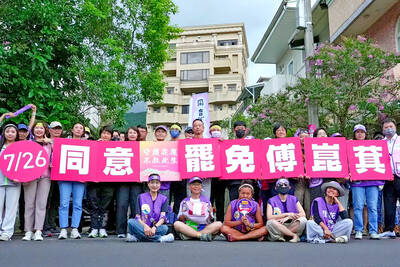
Hualien lawmaker Fu Kun-chi (傅?萁) is the prime target of the recall campaigns. They want to bring him and everything he represents crashing down. This is an existential test for Fu and a critical symbolic test for the campaigners. It is also a crucial test for both the Chinese Nationalist Party (KMT) and a personal one for party Chairman Eric Chu (朱立倫). Why is Fu such a lightning rod? LOCAL LORD At the dawn of the 2020s, Fu, running as an independent candidate, beat incumbent Democratic Progressive Party (DPP) lawmaker Hsiao Bi-khim (蕭美琴) and a KMT candidate to return to the legislature representing